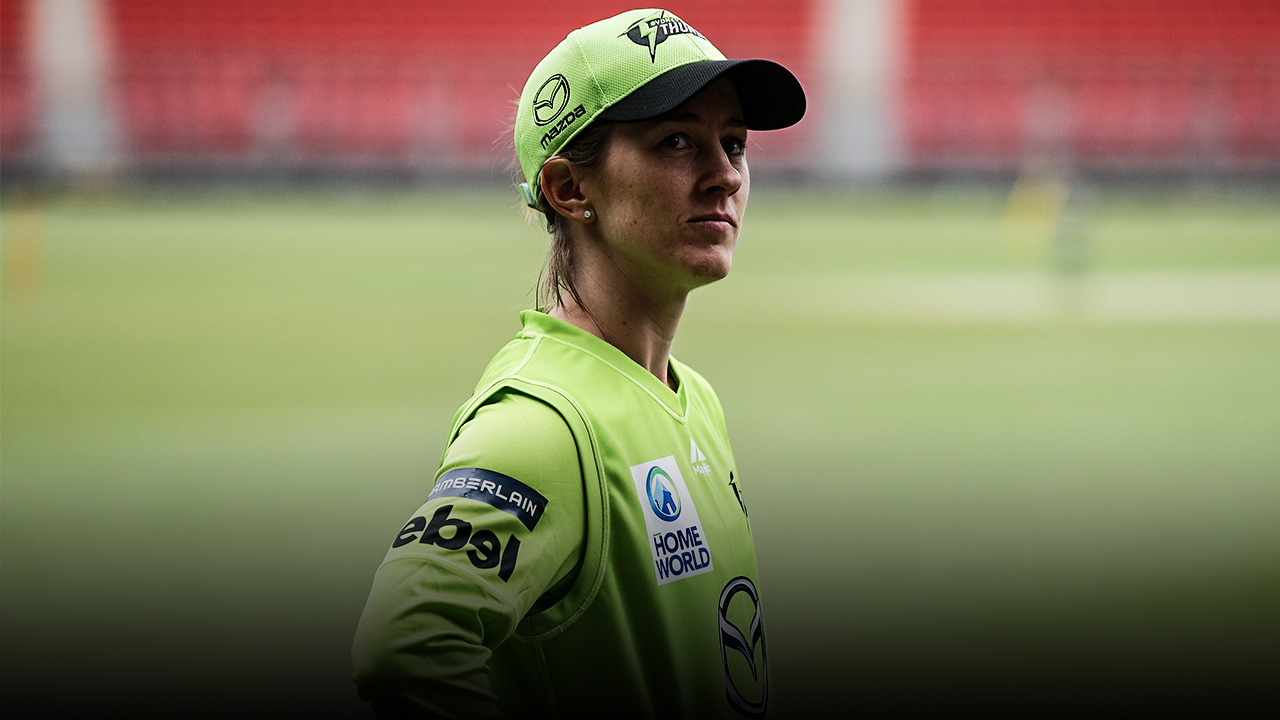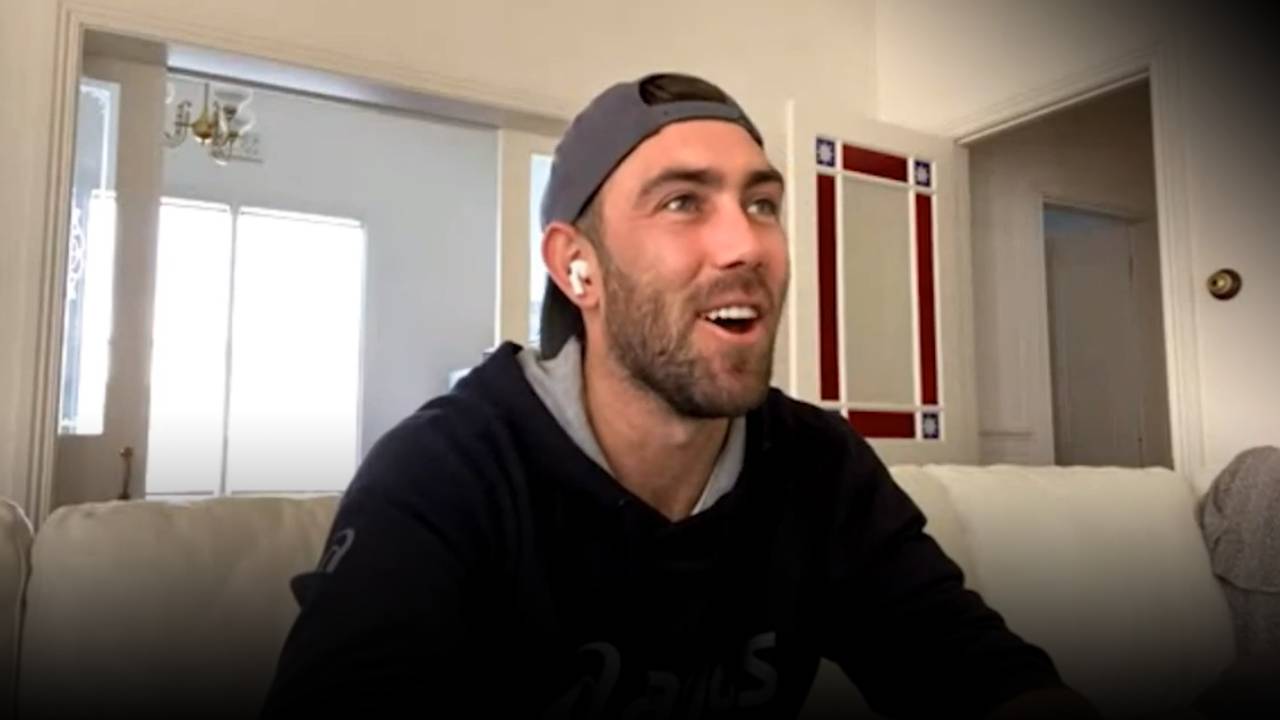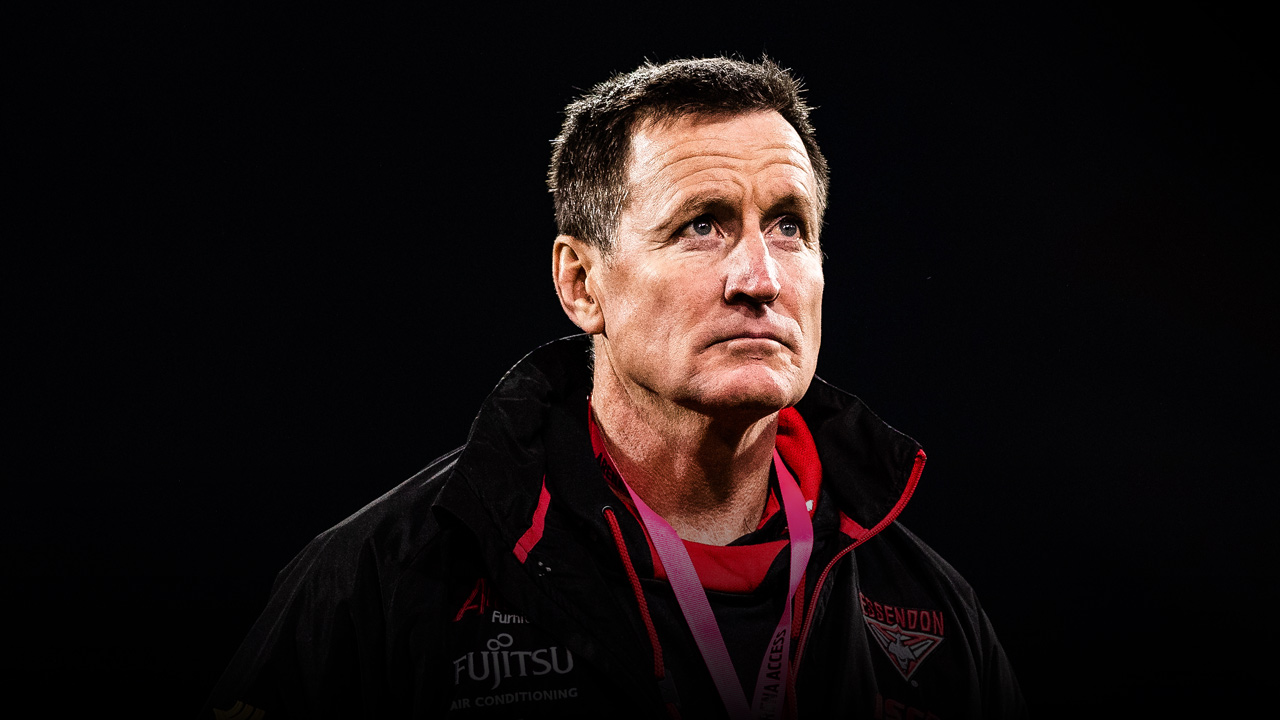Fifty-four in the first innings wasn’t enough to silence the doubters. A hundred in the second was. From 5-126, chasing 369 to win, Langer and Adam Gilchrist put on 238 in perhaps the most memorable win of Australia’s record winning streak.
‘I still remember walking into the change room [at lunch on the final day]. The boys were pumped. It was like a footy change room. I remember walking back onto the ground, the boys thought we could win it. My old man was there for the whole game, at point or square leg, so I always had him in my vision.’
When Langer fell with five runs to win, he was embraced by a father and a father figure. Colin was waiting on the boundary to hug his son. When Langer walked into the dressing room, Steve Waugh, worry ball in hand, was ‘looking proud as punch, like a father to a son … I’ll never forget the look on his face. He was so proud that I’d done it’.

That was win number three of a record 16 in a row. Coach John Buchanan told them, ‘If we can win from here, we can win from anywhere.’
‘I was under the pump again before that Test match. John Buchanan had just taken over as coach, and despite what [well-known Buchanan critic] Warney said, I think John Buchanan was a brilliant man-manager.’
Buchanan told them the side was so good, it could win every game it played.
‘I remember Warney and Mark Waugh going: “Whatever, mate.” But we decided we were going to take the road less travelled and do things that no-one else does. We were going to train hard … it was a really invigorating time. I remember saying to John Buchanan early in the record winning streak: “How much fun is this?” It was like there was a brotherhood playing for Australia. Even though there was so much competition, it was just so much fun, and winning means you celebrate a lot. Most teams boast one great player. We had six or seven – and then we had some good players, like Damien Martyn and Brett Lee and myself. It was a freakish time.’

‘What the hell were you doing?’
After the Hobart miracle, the team headed to Perth, where Langer approached ex-Hockeyroos coach and WA cricketer Ric Charlesworth at the Test match dinner to congratulate him on his speech.
‘What the hell were you doing?’ Charlesworth asked him.
‘What do you mean?’ a shocked Langer replied.
‘You got out with five runs to get,’ Charlesworth said.
‘Champions do not make those mental errors.’
The rebuke made a big impression on Langer.
‘I was thinking I was the king of the world because I’d just had this great partnership, spoken to the prime minister and been on all these TV shows. I could’ve walked away going, “What a knob,” but, coming from him, fair enough. He was on my shoulder every innings I played after that.’
It was getting crowded up there on Langer’s shoulder: Colin was there, as well as Steve Waugh and WA legends Ken and Bob Meuleman.
‘That’s why I’m attracted to coaching,’ Langer says. ‘Because you can have such an influence on people.’

Playing for Australia is a paradox
The brotherhood, as Langer calls it, was severely tested when he was sconed by Makhaya Ntini in the third Test, at the Wanderers Stadium in Johannesburg in April 2006. He retired hurt on nought after being felled by the first ball he faced, in his 100th Test. He was concussed, but was determined to bat in the second innings to help Australia to a 3–0 scoreline.
‘I was meant to be the tough bloke, but I was very emotional. I remember telling the boys: “I can bat.” And I’ll never forget Haydos [Matthew Hayden] and Andrew Symonds looking at me as if to say: “What are you talking about?” I’ll never forget the look in their eyes when I had my pads on. Punter [Ricky Ponting] had gone white and said he was going to declare. I said: “If you declare, we’re not friends any more – I’m batting.” [Team manager] Steve Bernard was like a ghost, because of duty of care and all that.’
Thankfully, it was all academic, because Lee and Michael Kasprowicz guided Australia to the two-wicket win. The vanquished South Africans were even more downcast when they saw Langer in his whites and realised he would have batted if required.
‘I loved that feeling. When we won, I remember Matthew Hayden and Andrew Symonds, as disappointed as they were that morning, they were again like the proud brother: “We knew when it came to the crunch you were going to do it for us.” I’ll never forget that, both extremes. I felt I was letting my mates down, even though my mum and dad said, “Under no circumstances are you batting,” and also Punter, who’s like my little brother. But I also knew that I was going to go out there. I know I would’ve regretted it for the rest of my life if we had have lost a Test match and I’d taken that option.’
When he retired the following year, there was no question he would remain in the game. And he wanted to be the boss, not the bloke flinging throw-downs in the nets.
‘I say it to all coaches: you’ve got to decide whether you’re going to be a head coach or a specialist coach. There’s a massive difference. I always knew I’d be a head coach. Coaching is so different [to playing] – and that can be frustrating. But there is nothing like playing, nothing like the camaraderie of your teammates. It’s different, so different as a coach. Playing for Australia is a paradox, because it’s so competitive to get there, but when you’re in there it’s like a brotherhood … that’s an unbelievable feeling. These guys – Ponting, Haydos, Adam Gilchrist, Steve Waugh – are like my brothers, and my great friends.’

More than a piece of cloth
Langer says you never stop learning from the game. It’s important to embrace change and keep an open mind. ‘[Cricket has] taught me everything. I’ve learned about disappointment. I’ve learned about success. I’ve learned about failure. I’ve learned about staying grounded. I’ve learned about insecurities. I’ve learned about concentration. I’ve learned about discipline. I’ve learned about learning from my mistakes.’
Langer the coach would rather boost than blast his charges. But the story of Marcus North’s restoration shows he can dispense tough love when required. In Langer’s first season as WA coach, North was dropped for poor form. The following season, he was named Sheffield Shield player of the year after reinventing his cricket as an opening batsman.
‘If you’re serious about this, then you’ll open the batting,’ Langer told North in a frank discussion during the latter’s slump. ‘Um,’ North replied.
‘There’s no “um”,’ Langer said. ‘You’re going to open the batting, take it on as a senior player, or you don’t play.’ North did as he was told and duly amassed 886 runs at 63.28.
‘The lesson from that is honest conversation,’ Langer says. ‘We tiptoe around too much. He and I had issues for a fair while, because I knew there was no way he was fulfilling his potential. He’s a beautiful player, a really nice player, but he didn’t have the work ethic and hunger – and he admitted that.’
Langer has always been a poster boy for Australian pride. The Australian flag flies at his house, for goodness sake. And he’s always been a leading proponent of the cult of the baggy green. But he has no issue with others who don’t embrace it as fervently as he has.
‘For me, it was more the symbol than actually the baggy green cap. It’s more than a piece of cloth. It’s about what it means. I remember once Steve Waugh going to toss the coin in Sydney and the commentators were criticising him for how tatty and torn [his cap] was. But I thought it was like a masterpiece, because it tells his story, from the time of a kid wanting to get that baggy green cap to the blood and beer and dust from all parts of the world.’
Langer donated his baggy green to the Bradman Museum in Bowral, but he still has his Federation Test skull cap, and one of Keith Miller’s baggy greens.
‘I don’t actually need the cap to remind myself. It’s symbolic of my experiences … it’s me. Everyone who’s ever played for Australia, whether they’ve played one or 150 Tests, it tells a story about their life. That’s what I like about it.’
More about: Ashes | Australian cricket team | Baggy green | Coaching | Justin Langer | Pont | Sheffield Shield | Steve Waugh | Test cricket | Western Australia cricket




 Load More
Load More